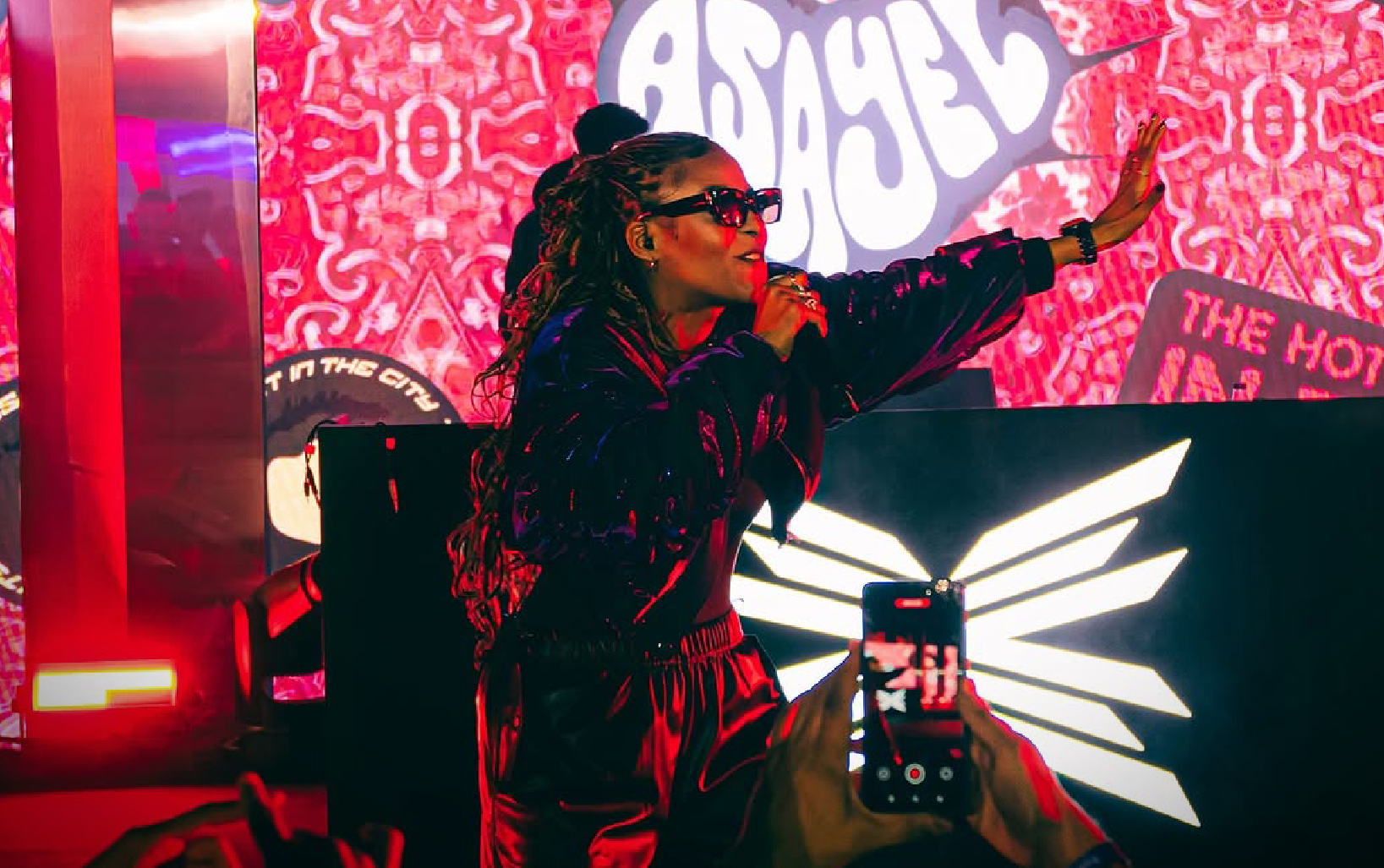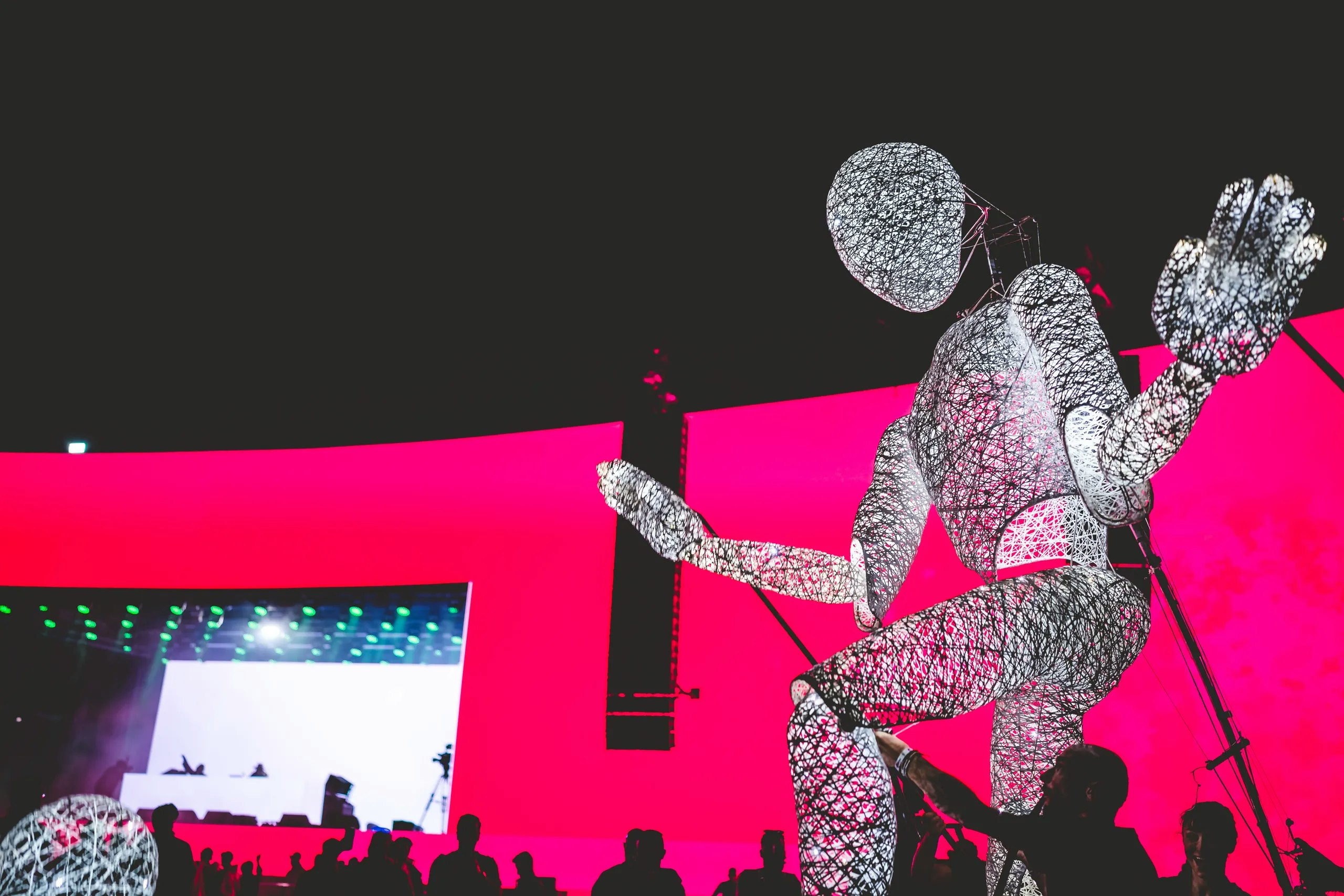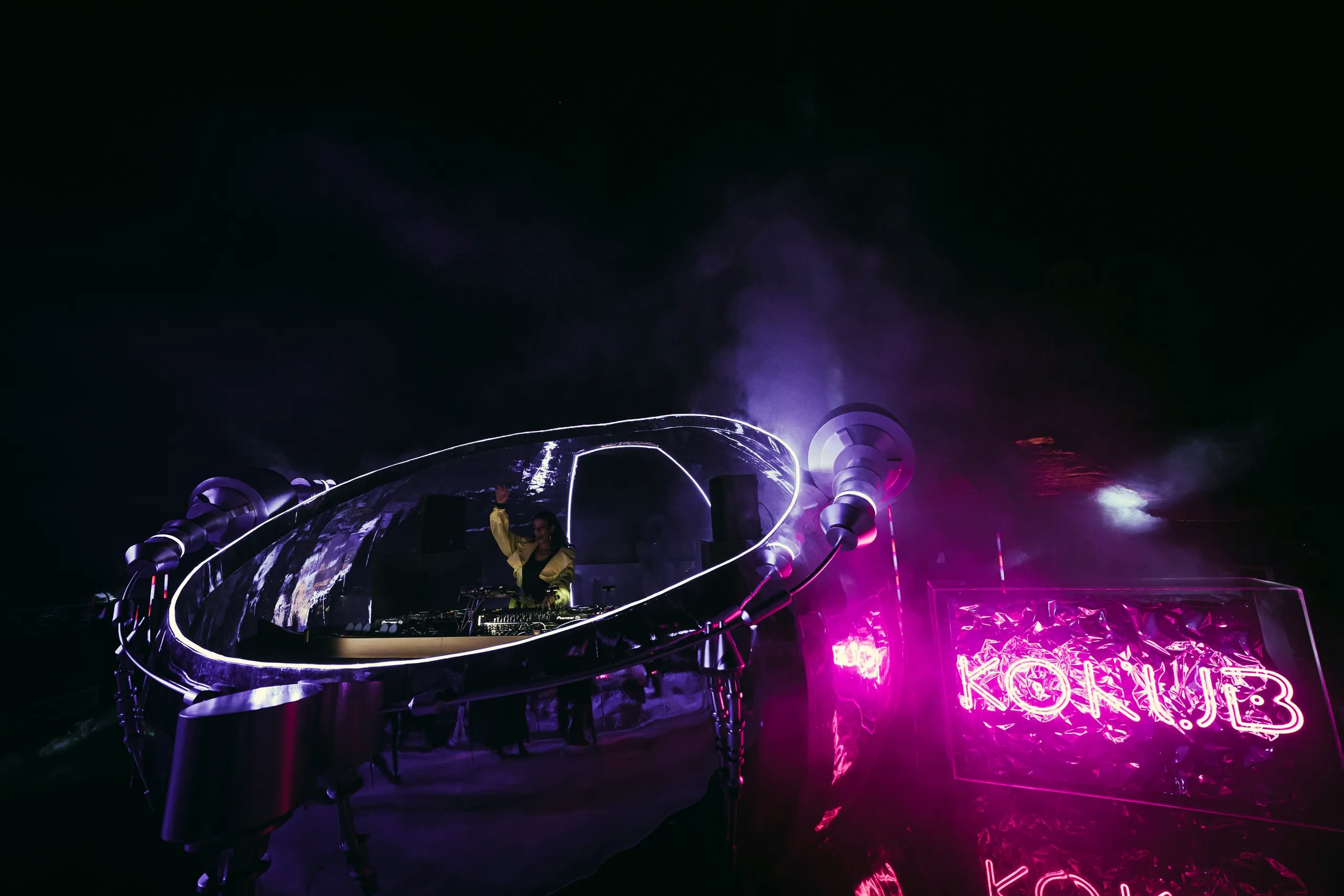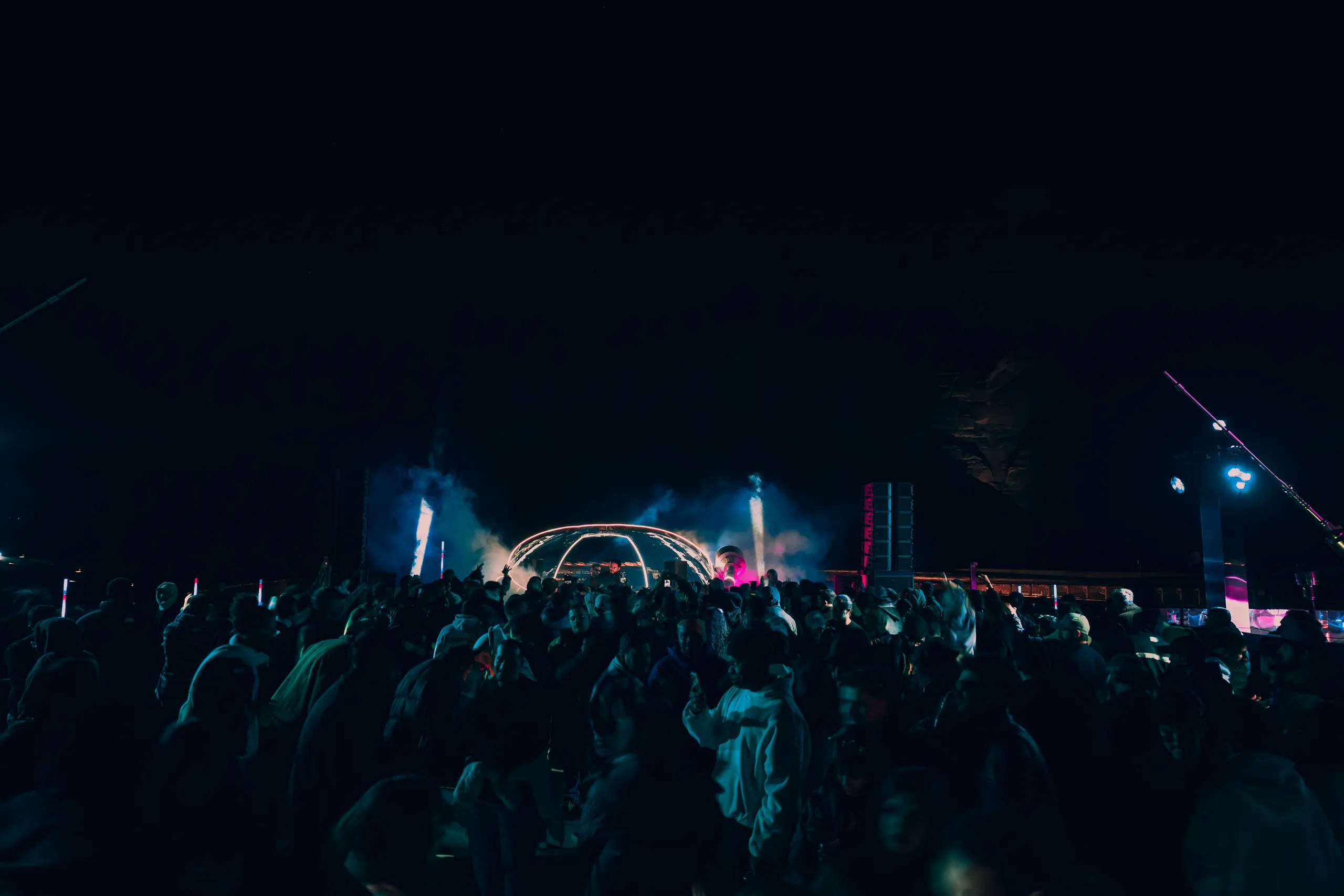

Vinyl to Digital: History of Music Formats
By MDLBEAST
March 04 2024
Vinyl to Digital: History of Music Formats
By MDLBEAST
March 04 2024
Embarking on a captivating journey through musical history, our exploration unfolds the dynamic evolution of how sound has been encapsulated and shared throughout time. From the nostalgic crackles of vinyl records and the tactile allure of cassette tapes to the sleek compact discs that once dominated shelves, the story weaves through analog eras.
Transitioning into the digital realm, we'll delve into the revolutionary rise of MP3s and the contemporary dominance of streaming services. Each twist and turn in this saga not only mirrors technological prowess but also mirrors the rhythmic pulse of cultural shifts and preferences.
Join us at MDLBEAST as we traverse the history of music formats, unlocking the secrets that resonate across generations and continue to echo through today's auditory experiences.
Physical Music Formats
Music Boxes
Music boxes, charmingly analog in their nature, are miniature marvels that enchant the magic of mechanical music. These intricate devices operate through a straightforward yet ingenious mechanism.
Comprising a rotating cylinder adorned with protruding pins, the music box triggers a series of tuned metal teeth as it revolves. The interaction between the pins and teeth produces a delightful melody, encapsulating the essence of simplicity and craftsmanship.
Vinyl Records
Vinyl records, the epitome of analog music, offer a multisensory journey through grooves etched into circular discs. The tactile ritual of carefully placing the needle, delicately lowering it onto the spinning vinyl, and witnessing the choreography of bumps and valleys translates into a rich auditory experience.
Analog warmth emanates from the turntable, capturing nuances and imperfections that give each note a distinct character.
Compact Cassette
The cassette's charm lies in its portability, simplicity, and the tactile engagement required to harness its musical treasures. The hiss and hum commonly associated with cassettes create a distinctive auditory fingerprint that resonates with nostalgia and solidifies its place in the history of music formats Hall of Fame.
The act of inserting a cassette into a player, the mechanical clicks and clunks as the tape is set in motion, and the anticipation of reaching the desired track contribute to the immersive experience that surrounds cassette tapes.
Digital Music Formats
Compact Disc
Compact Discs (CDs), brought a revolutionary shift in the way we consume audio. Unlike their analog counterparts, CDs utilize laser technology to read data encoded on their shiny surfaces. The precision of the laser scanning translates into a pristine and uninterrupted auditory experience, free from the pops and crackles that characterize analog mediums.
While digital, CDs managed to retain a tangible aspect that bridged the analog-digital divide, marking a transitional chapter in the history of music formats.
MP3
Engineered to compress audio files without sacrificing quality, the MP3 format wielded a transformative impact by dramatically shrinking file sizes. This innovation facilitated not only efficient storage but also swift internet transmission. The late 20th-century debut of MP3 heralded a revolutionary era in music consumption, empowering users to forge expansive digital music repositories.
Its adaptability and seamless integration across a spectrum of devices, spanning from the early MP3 players to today's smartphones, have firmly entrenched MP3 as an omnipresent and resilient force in the domain of digital audio.
Vinyl to Digital: Drivers of Change
The internet's revolutionary rise opened a digital gateway, swiftly exchanging music files and challenging vinyl's traditional stronghold. As consumer lifestyles evolved, a thirst for convenience and portability surged, perfectly aligning with the compact charm of digital music files.
The iPod, an icon in the history of music formats and sharing, epitomized this shift, empowering users to carry a symphony in their pockets. Affordability and accessibility amplified the digital allure, democratizing the music scene by breaking down entry barriers for a wider audience.
Online platforms and streaming services harnessed algorithms, crafting personalized music journeys based on user tastes. This shift reshaped how we explore music and fostered a culture of instant access to expansive libraries.
The irresistible appeal of curating personalized playlists became the driving force behind the digital revolution, igniting a shift in the way we engage with and share music.
Past vs Present
In the analog domain, the crackling warmth of vinyl records, the rhythmic hum of cassette tapes, and the gleam of compact discs provided a tangible, multisensory experience. Each scratch on a record or faded hue on an album cover whispered stories of countless playbacks. Yet, the nostalgia-laden allure of analog came hand in hand with susceptibility to wear, a delicate dance with the fragility that lent these formats a certain vulnerability.
Fast forward to the digital age, a time where MP3s and streaming reign supreme, delivering instant gratification and vast musical libraries to our fingertips. The convenience of playlists tailored to our moods became the norm, a stark departure from the deliberate handling of analog mediums. However, as we embraced the crisp clarity of digital sound, some mourned the loss of the tactile connection and the imperfections that made each analog playthrough a unique encounter.
The flawless precision of digital audio, while technically superior, sparked a poignant debate about the soulful irregularities sacrificed for the sake of convenience, questioning whether the cost of progress was truly worth it.
Let us know what you think: was the shift to digital audio worth it?
-
In the same way that our means of sharing music have changed throughout time, music itself has also experienced a transformative shift.
Attend Soundstorm for a chance to witness this generation's latest musical offerings, LIVE!
Share this


